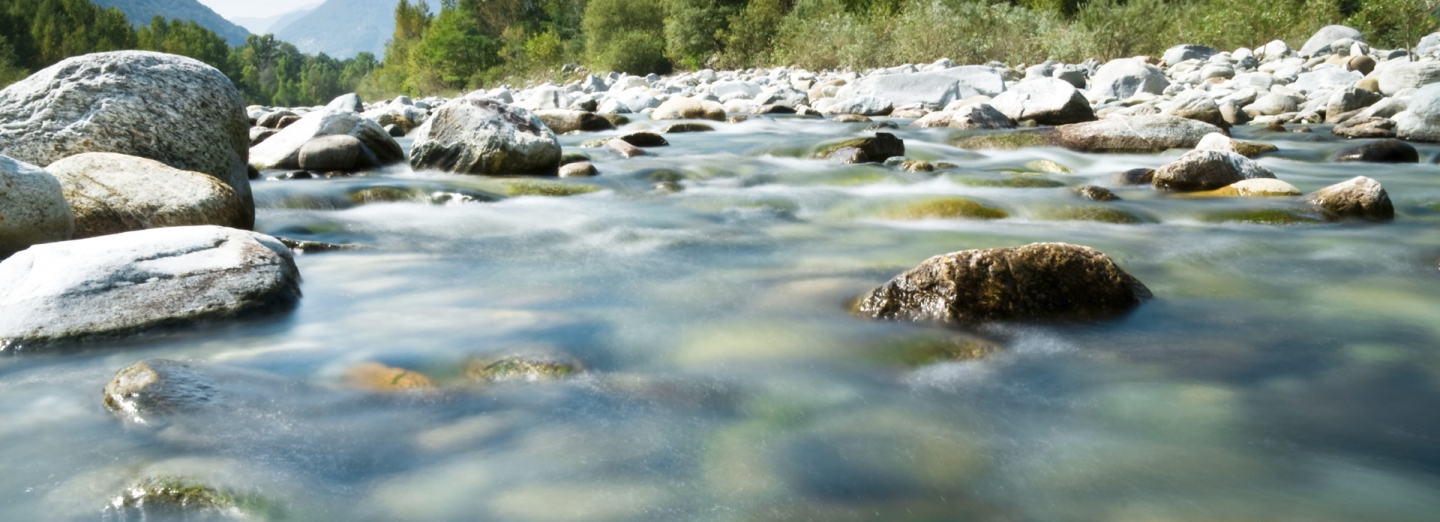Updated June 2023
What is Geothermal
Geothermal is a renewable energy resource found in rocks and fluids deep beneath the earth’s surface that can be harnessed for heating and electricity generation. The earth’s thermal energy comes from two sources: residual heat from the earth’s formation and heat from the decay of radioactive elements, mostly uranium, thorium, and potassium. Radioactive decay is the main source of heat in the earth’s crust.
Geothermal energy is produced and used based on the geothermal system and quality of the resource in place. “A geothermal system is made up of three main elements: a heat source, a reservoir, and a fluid, which is the carrier that transfers the heat.” (Dickson and Fanelli 2003)1. Some geothermal systems are endowed with naturally occurring hot aquifers (a hydrothermal system), whereas other systems create artificial reservoirs by injecting water into hot, dry rock to extract heat (Enhanced geothermal system). Geothermal can be categorized into high-, medium-, or low-temperature resources. Medium- and high temperature resources are more suitable for power generation, whereas low temperature resources are suitable for heating and other applications.
Some geothermal systems harness the earth’s heat from a few metres underground, whereas others require drilling deep wells. Based on the geothermal system and technology, there are three possible applications: electricity generation, geothermal heat pumps, and direct-use applications (e.g., indoor heating and cooling through direct-heating systems, food dehydration, and large-scale snow melting).
Regulatory Framework for Geothermal Development
The Government of Alberta (GoA) enacted the Geothermal Resource Development Act (GRDA) in December 2021. The GRDA establishes a regulatory framework administered by the Alberta Energy Regulator (AER) for the responsible development of geothermal resources and related wells and facilities in Alberta. The GRDA covers deep geothermal resources occurring below the base of groundwater protection, while shallow geo-exchanges remain regulated by Alberta Environment and Protected Areas.
In June and August 2022, the GoA released the Geothermal Resource Development Rules (GRDR), and the AER released Directive 089: Geothermal Resource Development. Effective August 15, 2022, the GRDR and Directive 089 set out the conditions and requirements for industry to develop geothermal resources from project initiation to closure.
Alberta has a competitive advantage over many other geothermal producers globally. Alberta has access to innovative drilling technologies, with a highly developed oil and gas skill set and a robust subsurface data set essential to a successful geothermal industry. There is a potential opportunity to repurpose Alberta’s abandoned wells, and geothermal wells can be collocated alongside oil and gas wells. These potential synergies could reduce costs and significantly improve the economic viability of geothermal projects.
Production in 2022 and Forecast
In 2022, several projects in Alberta, such as FutEra Power’s Swan Hills and Eavor Technologies Inc.’s Eavor-Lite, were estimated to generate 92.5 gigawatt hour (GWh) of geothermal electricity. On average, we expect a 13 per cent annual growth rate in geothermal electricity generation throughout the forecast period, reaching 282.8 GWh by 2032 (see Figure S9.2). The production forecast involves weighing the risks of the likelihood of projects meeting their operational date and production capacity.
Our forecast assumptions are supported by the Alberta Electric System Operator’s most recent long-term outlook on geothermal and the federal carbon tax policy that imposes higher costs on fossil-fuel-powered generators while making renewables economically attractive.
Projects
Several companies in Alberta have announced geothermal projects:
- No. 1 Geothermal Limited Partnership owns the Alberta No. 1 geothermal energy project developed by Terrapin Geothermics. The proposed project includes an electricity power plant, a district heating system, and five geothermal wells at a depth of four kilometres. When completed in 2024, the project capacity will be 10 megawatt (MW) of clean baseload electricity and 985 terajoules per year of heat.
- The Novus Earth Latitude 53 project is a 4 km deep closed-loop system that proposes to deliver geothermal heat for electricity generation and direct-use heat for heating and cooling in Hinton, Alberta. In 2022, the project received $5 million in federal funding from Canada’s Smart Renewable and Electrification Pathways program for a front-end engineering design study. When completed in 2025, the project capacity will be 3.1 MW of electricity.
Several Alberta companies are developing new innovative geothermal technologies. For example, Eavor Technologies has designed a geothermal system by connecting two vertical wells with many horizontal multilateral wellbores, creating a buried closed-pipe system. The system circulates a working fluid in a completely isolated closed-loop system, relying on heat conduction from the surrounding environment.
Limitations or Risks to the Outlook
Geothermal energy is not as economically viable as wind or solar. Competition from lower-cost, lower-risk renewable alternatives could slow the pace of geothermal commercialization in the province. According to the 2021/2022 Energy Fact Book from Natural Resources Canada, geothermal has the highest levelized cost in the country.
Although technological advancements in the upstream oil and gas industry can be leveraged to accelerate geothermal energy development in the province, the two sectors differ in one important aspect—oil and gas technologies are not designed to withstand ultra-high heat. Technological hurdles need to be addressed to leverage oil and gas technologies fully.
Learn More
- Methodology
- Data [XLSX]
- By Topic > Emerging Resources
1 Levelized cost is the average price an electricity generator must receive for each unit it generates over its lifetime to break even financially.


